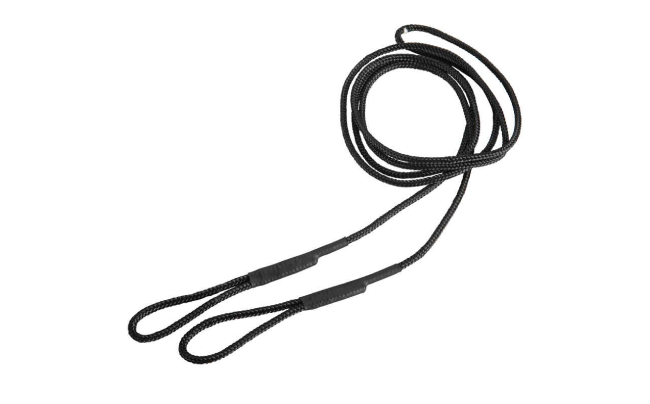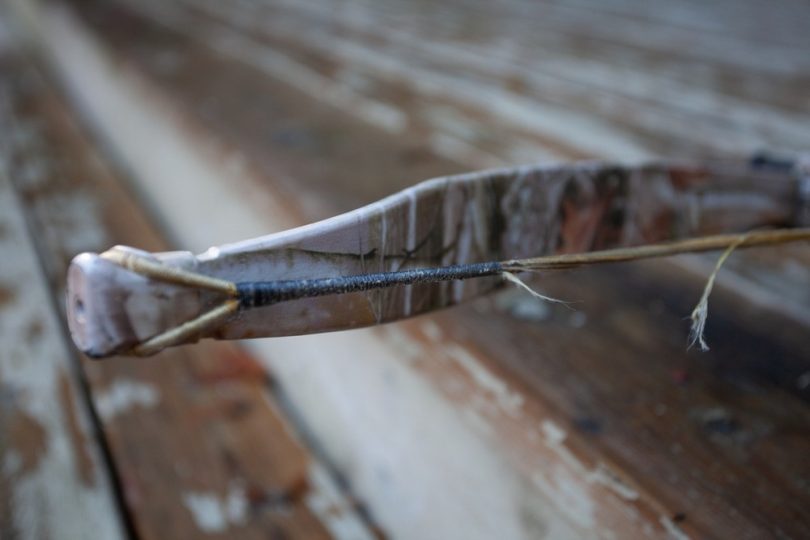Bowstrings have been around since ancient times and have advanced from animal sinew to synthetic materials. A bow is just a curved stick without a bowstring. The bowstring affects the accuracy, speed, and consistency of every shot. Since they are so important, their longevity is always expected. But, how long do bow strings last?
The bowstring of an average user can last between two to three years if it is well cared for. However, the lifespan of a bow string depends on several factors, such as the quality and type of materials used, the draw weight of the bow, the frequency and intensity of shooting, and the proper maintenance and storage of the string.
This blog post will let you know what are the things that affect the lifespan of a bowstring, how long do bowstrings last and how you can maintain them to increase their lifespan.
Factors Affecting Bow String Lifespan

Several factors affect the lifespan of a bowstring. Understanding these factors can help archers take better care of their bowstrings and extend their lifespan.
Material
The lifespan of a bowstring is greatly impacted by the material that is used to make the bowstring. Bowstrings of the modern era are made of synthetic materials like Spectra, Dacron, or Kevlar. The material used determines the strength, stretch, and durability of the bowstring.
Frequency of Use
Regular use of a bow places significant strain on its string, causing it to weaken and deteriorate more quickly. The frequency of bow use is a crucial factor in determining the lifespan of its string.
Humidity and Temperature
Extreme humidity and temperature conditions can weaken and damage bowstrings. Moisture and high temperatures can cause the bowstring to stretch, fray or become brittle. Archers should store their bows in dry and cool conditions to prevent damage to the bowstring.
Maintenance
The lifespan of a bowstring is greatly dependent on proper care. If you inspect your bowstring regularly and clean and apply wax as needed, your bowstring should last for a long time. On the other hand, if you neglect it, and leave it to get dry, then it will not last for a long time.
Notice Signs of Wear and Tear
Archers should inspect their bowstrings regularly for signs of wear and tear. Signs of wear and tear can indicate that the bowstring needs to be replaced.
Visual Inspection
You should visually inspect your bowstrings for any signs of fraying, uneven wear, or separation. If you notice any of the signs, that means your bowstring has become weak and needs to be replaced.
Performance Issues
Any decline in the performance of your bow is a sign that your bowstring needs to be replaced. Failing to deliver the required tension will cause the bow’s performance to decline. Look for issues like inconsistent shots or reduced accuracy.
Audible Indicators
Listen for any unusual sounds when you shoot the bow. If you hear any popping or snapping sound, it may indicate that the bowstring is fraying or has been damaged and needs to be replaced.
How Long Do Bow Strings Last
If you are an average user and take proper care, your bowstrings should last between two to three years. Proper care means not letting your bowstring get dry by waxing it regularly.
However, in reality, the lifespan of your bowstring can vary a lot depending on a number of things.
Typically, the determining factor for the longevity of your bow string are the amount of use it endures and its draw weight. If the draw weight is higher, the bowstring will wear out faster because it gets exposed to more force.
When to Replace a Bowstring
Archers should replace their bowstrings regularly to ensure optimal performance and safety.
Recommended Replacement Timeframe
It is recommended that archers replace their bowstrings every 1-2 years or after 5000-7000 shots. Archers who use their bows frequently may need to replace their bowstrings more often.
Damage beyond repair
Any visible signs of wear and tear or performance issues may indicate that the bowstring needs to be replaced. If the bowstring is damaged beyond repair, there’s only one thing you can do. Replace it as soon as possible.
If You See Decline In Performance
The bowstring is a critical component of archery since it heavily affects the bow’s performance and accuracy. If the bowstring does not provide enough tension, your shot will suffer, and your arrows will miss the target. Therefore, it is crucial to ensure that the bowstring is in good condition for optimal results.
Perfectly-tuned bowstrings are key to unleashing the full power of your bow and arrow. When strings are too loose, energy transfer is hindered leading to diminished velocity and shorter distances. Not to mention, it can send your arrow on a wild goose chase off target. But fret not, a keen eye will detect such performance issues and that’s your cue to replace your bowstrings and get back in the game!
What To Do After Replacing The Bowstring
Bowstrings these days usually come prestretched, but they still need to be broken in. To do this, you have to shoot them around 100 to 200 times so they can stretch out completely. Once you break them in, take them to a pro shop for a final checkup and adjustments.
How to Make Your Bowstring Last Longer
Proper maintenance and care can help extend the lifespan of a bowstring. Archers should follow these tips to ensure their bowstrings last longer.
Proper Maintenance
You should regularly check the bowstring for signs of wear and tear. Plus, you need to clean it regularly with a soft cloth and apply wax to prevent fraying.
Storage
Archers should store their bows in a cool, dry place. Extreme temperatures and humidity can damage the bowstring and weaken it over time.
Use of Wax
Archers should use bowstring wax regularly to lubricate and protect the bowstring. The wax helps prevent fraying and extends the lifespan of the bowstring.
Conclusion
Now you know how long do bow strings last. Remember the factors that affect the lifespan of a bowstring and learn to notice signs of wear and tear. This will help you understand when to replace a bowstring and how to make the bowstring last longer. And following the above tips to maintain and care for your bowstring will help you ensure that your bowstring performs better and serves you for a long time.
Remember to inspect your bowstring regularly, replace it when necessary, and follow proper maintenance guidelines to ensure your bow’s optimal performance. Happy shooting!









Leave a Comment